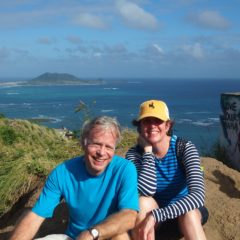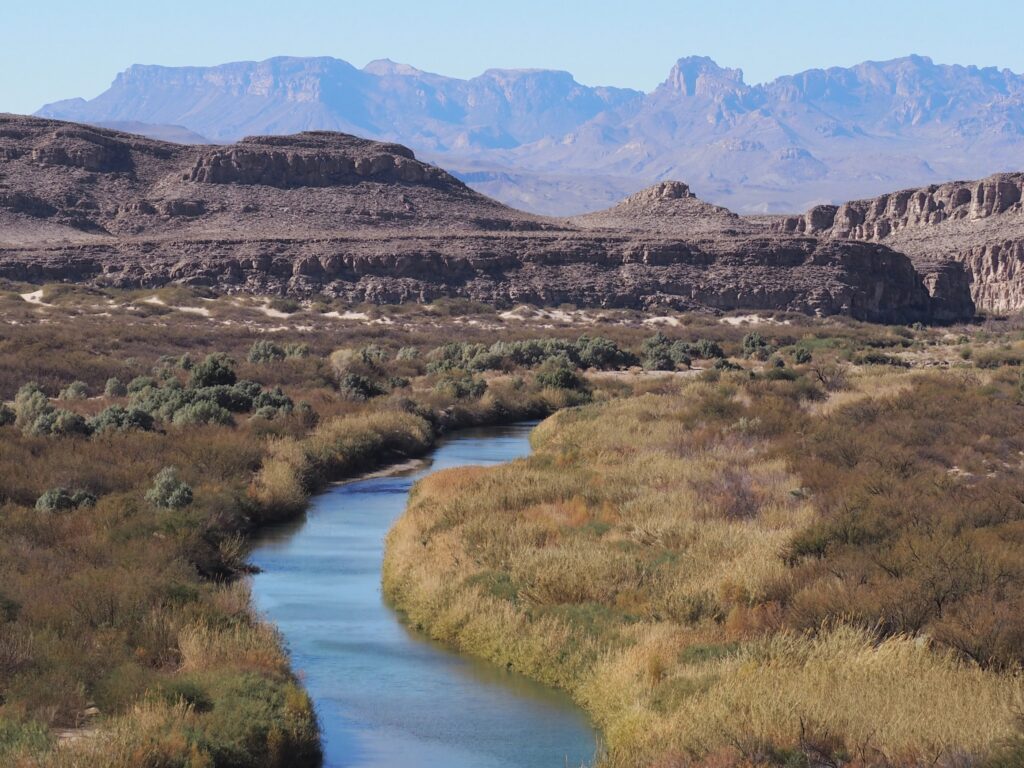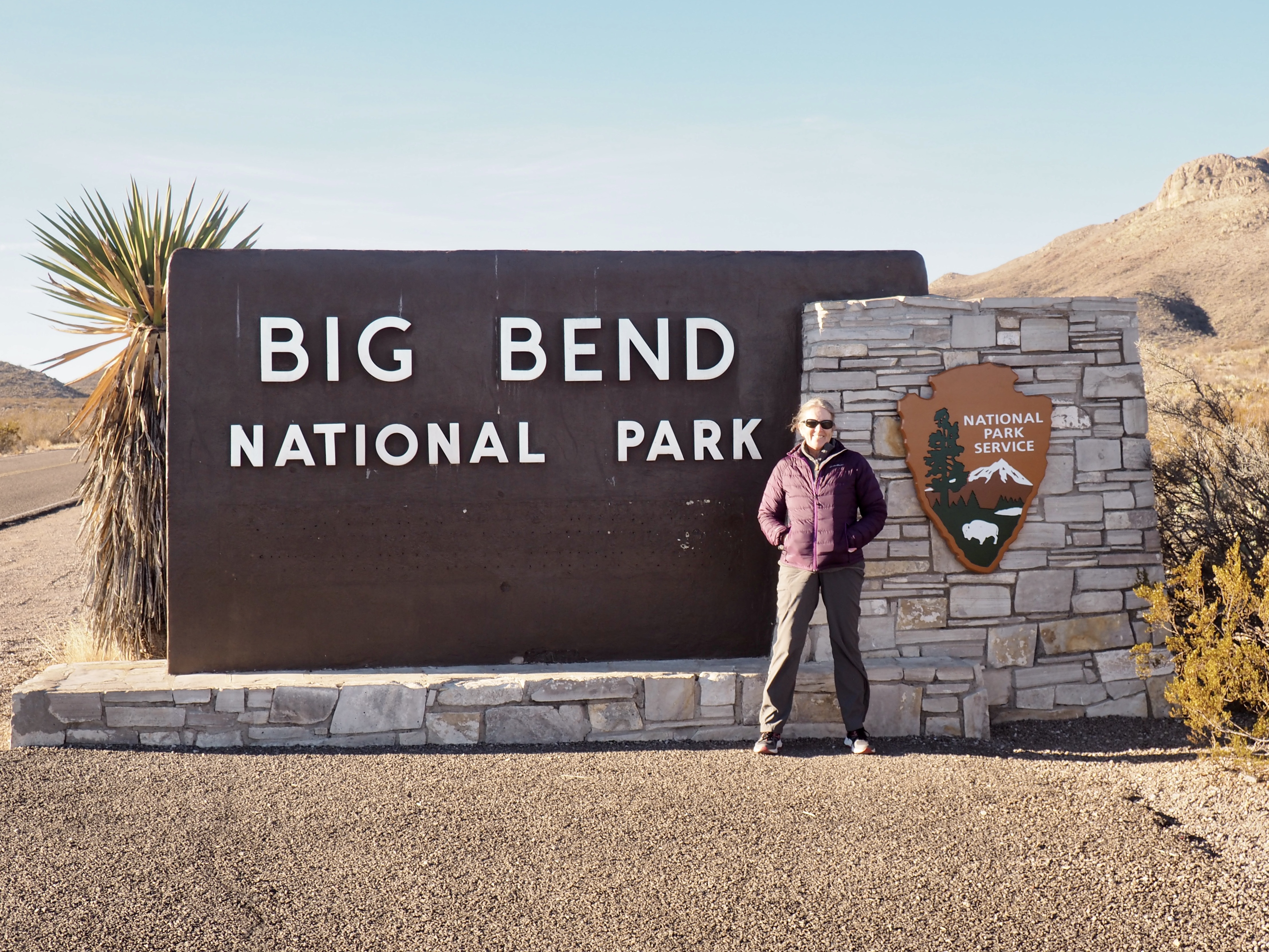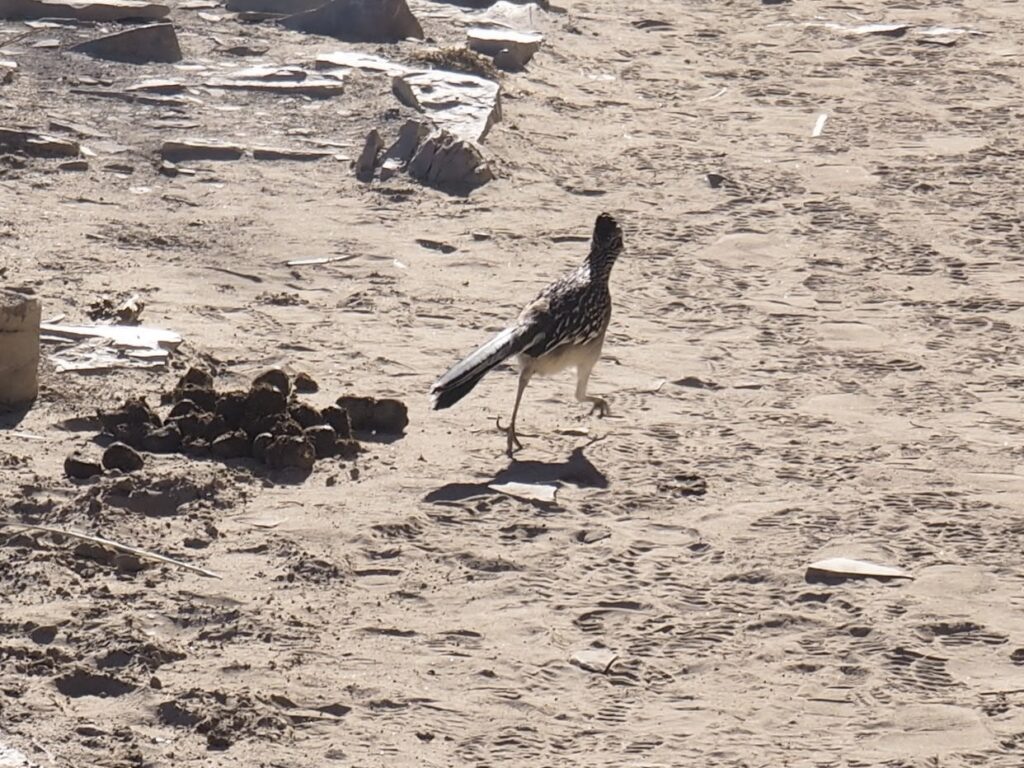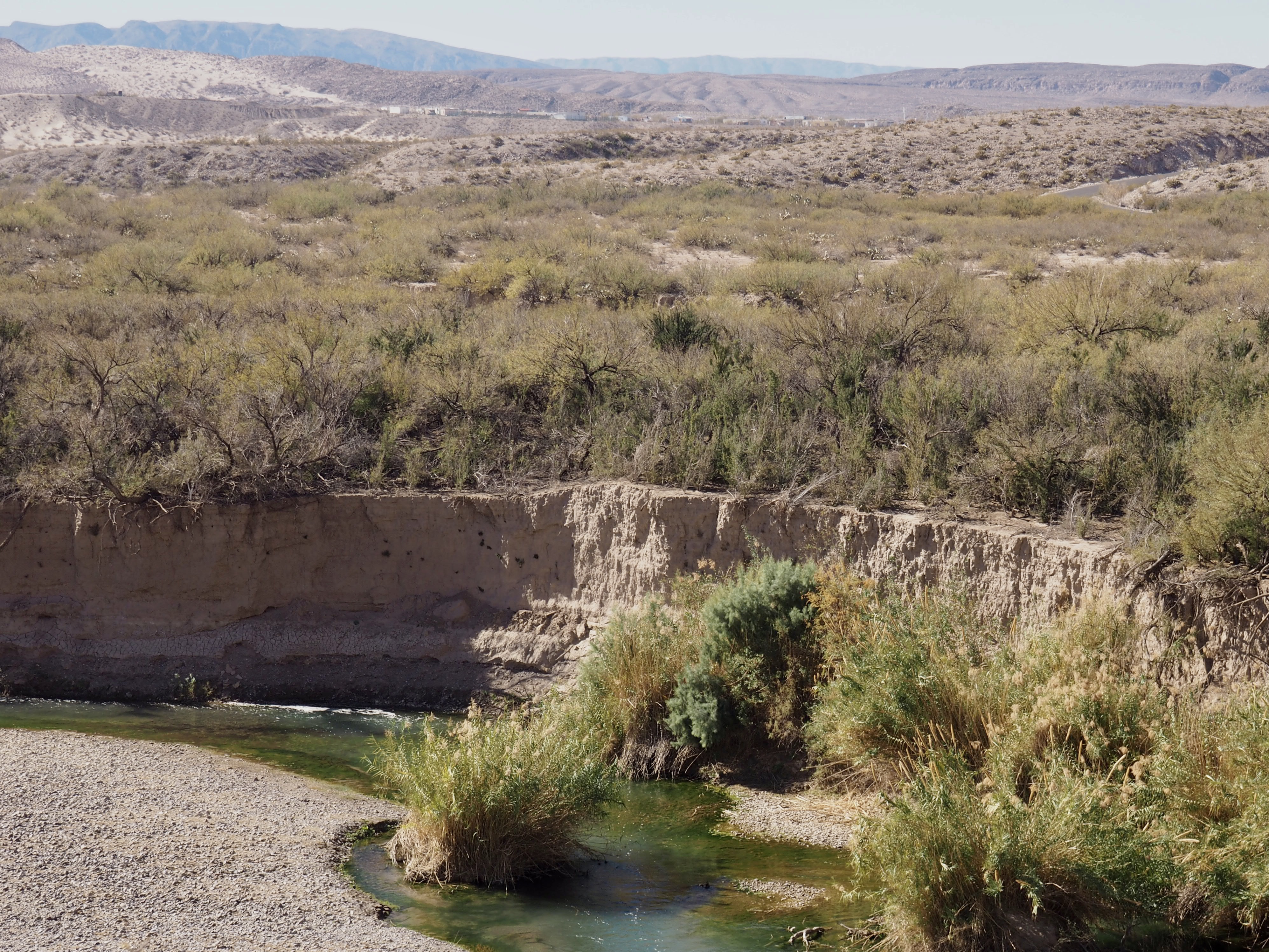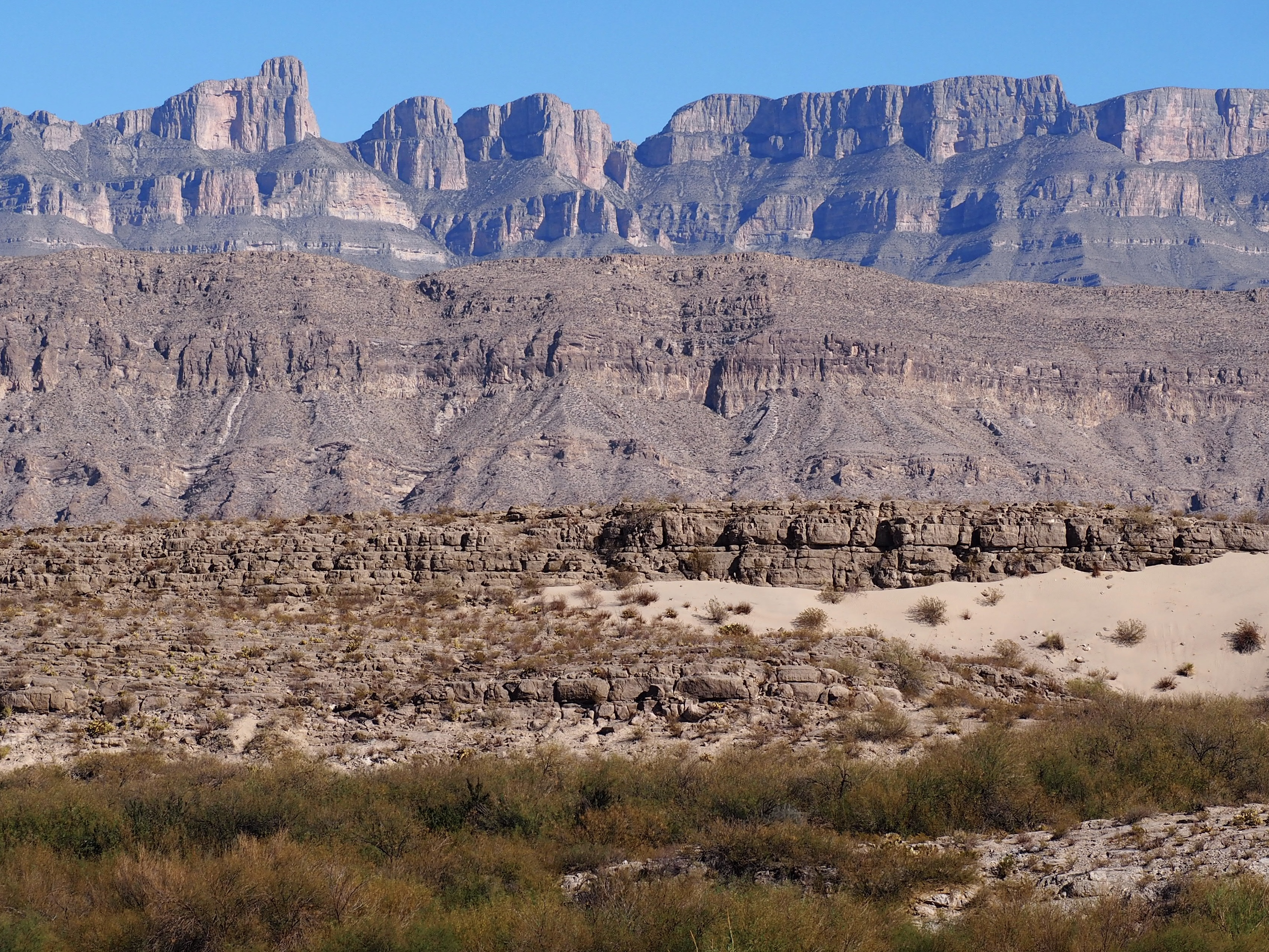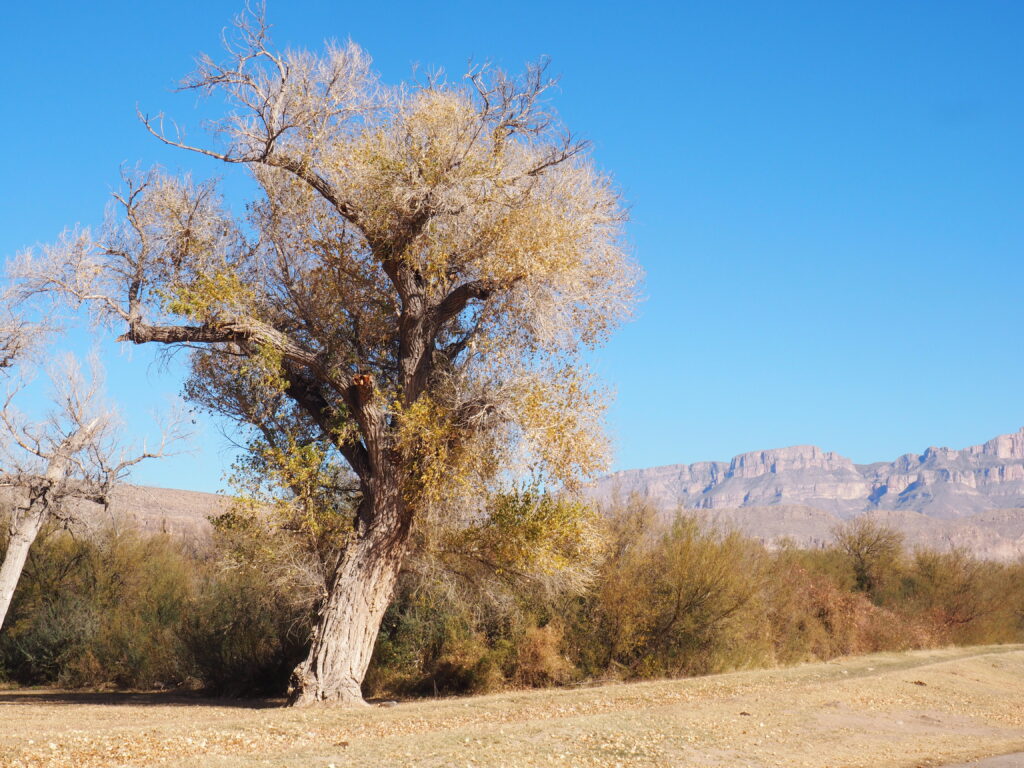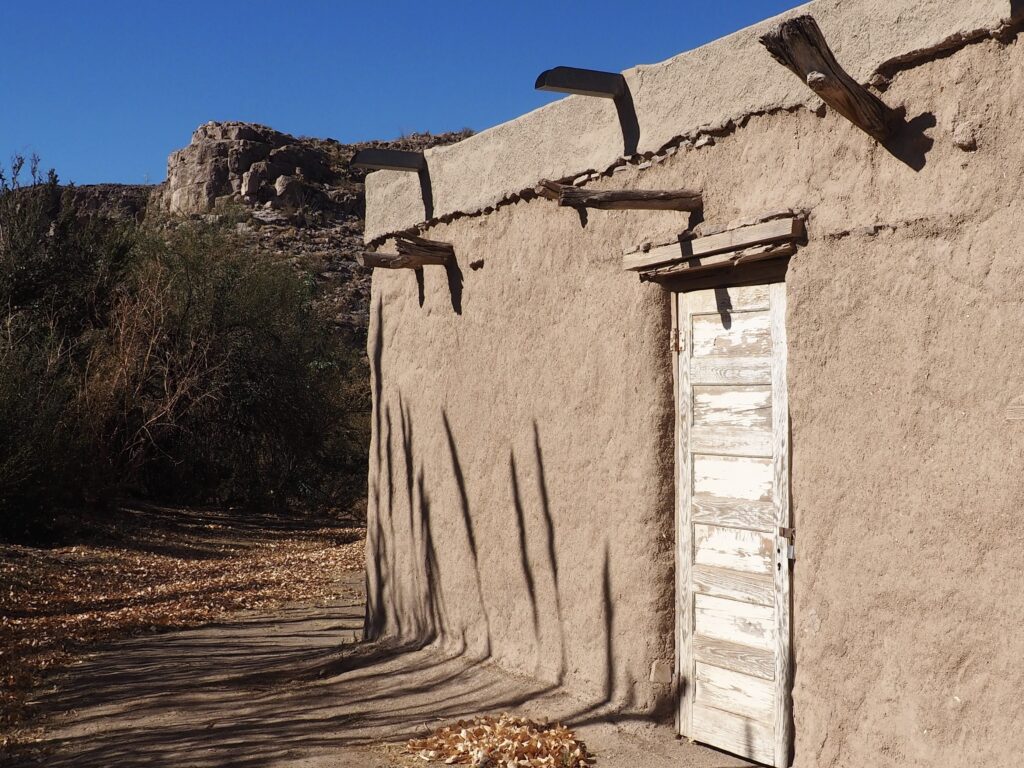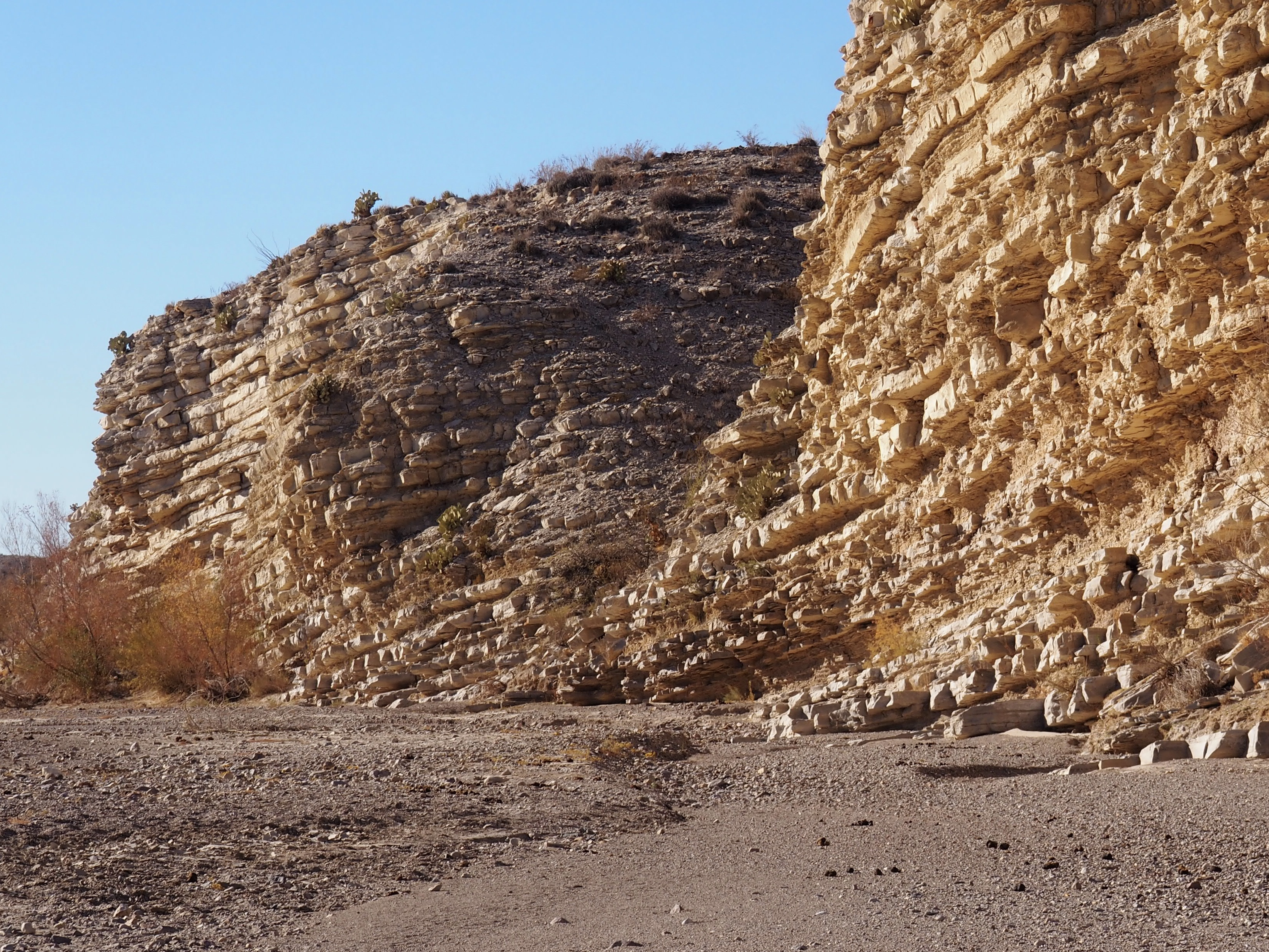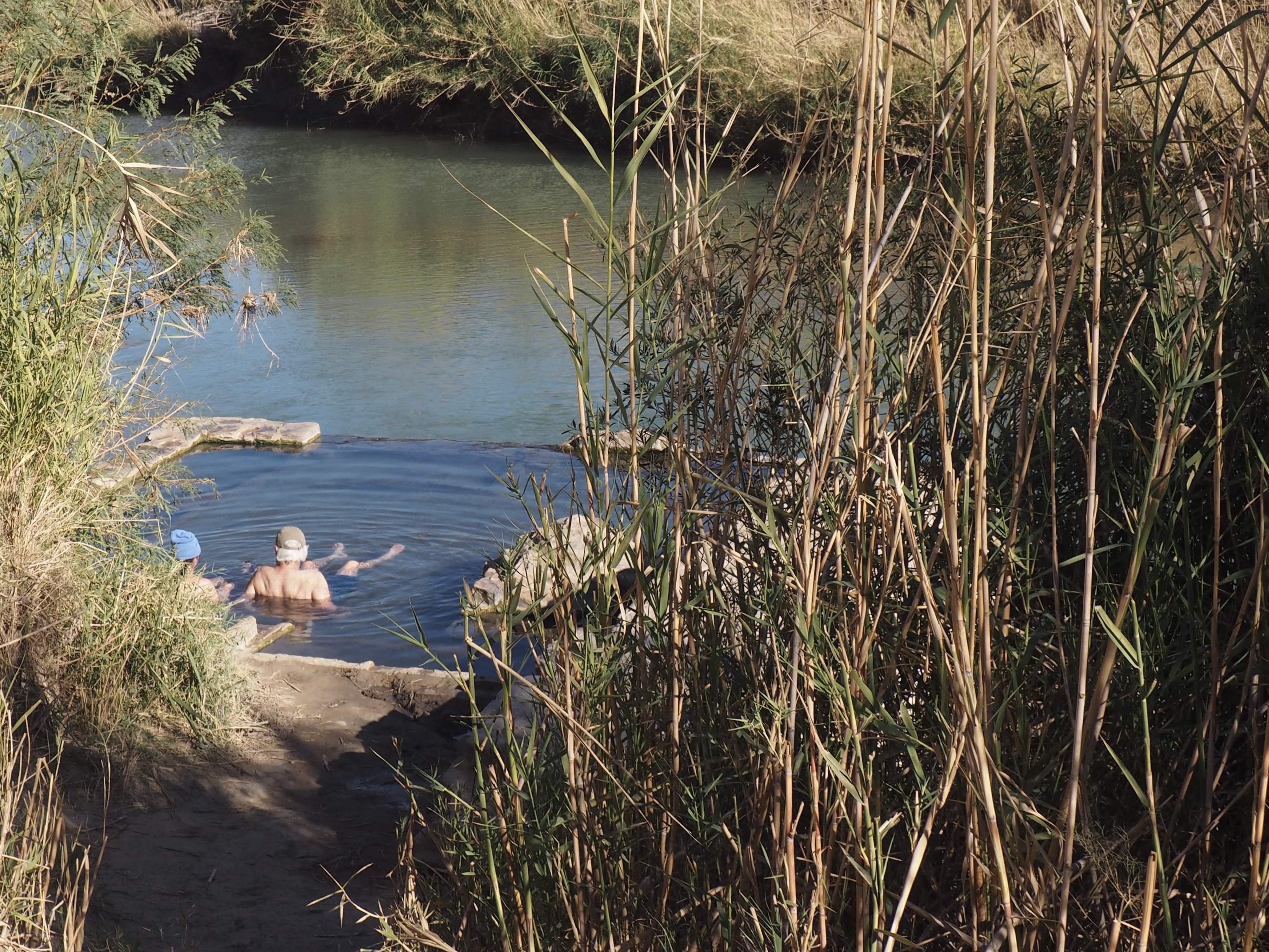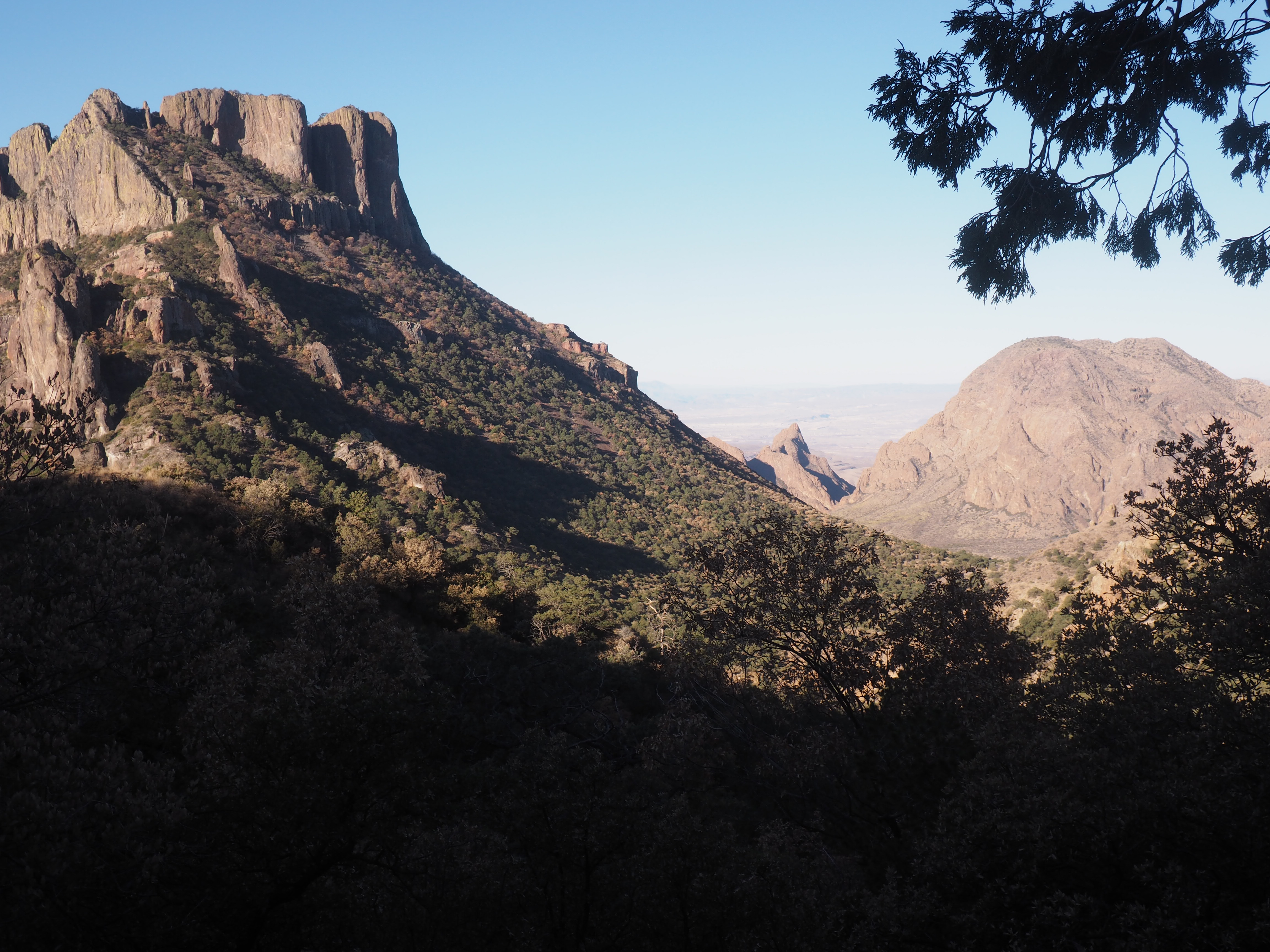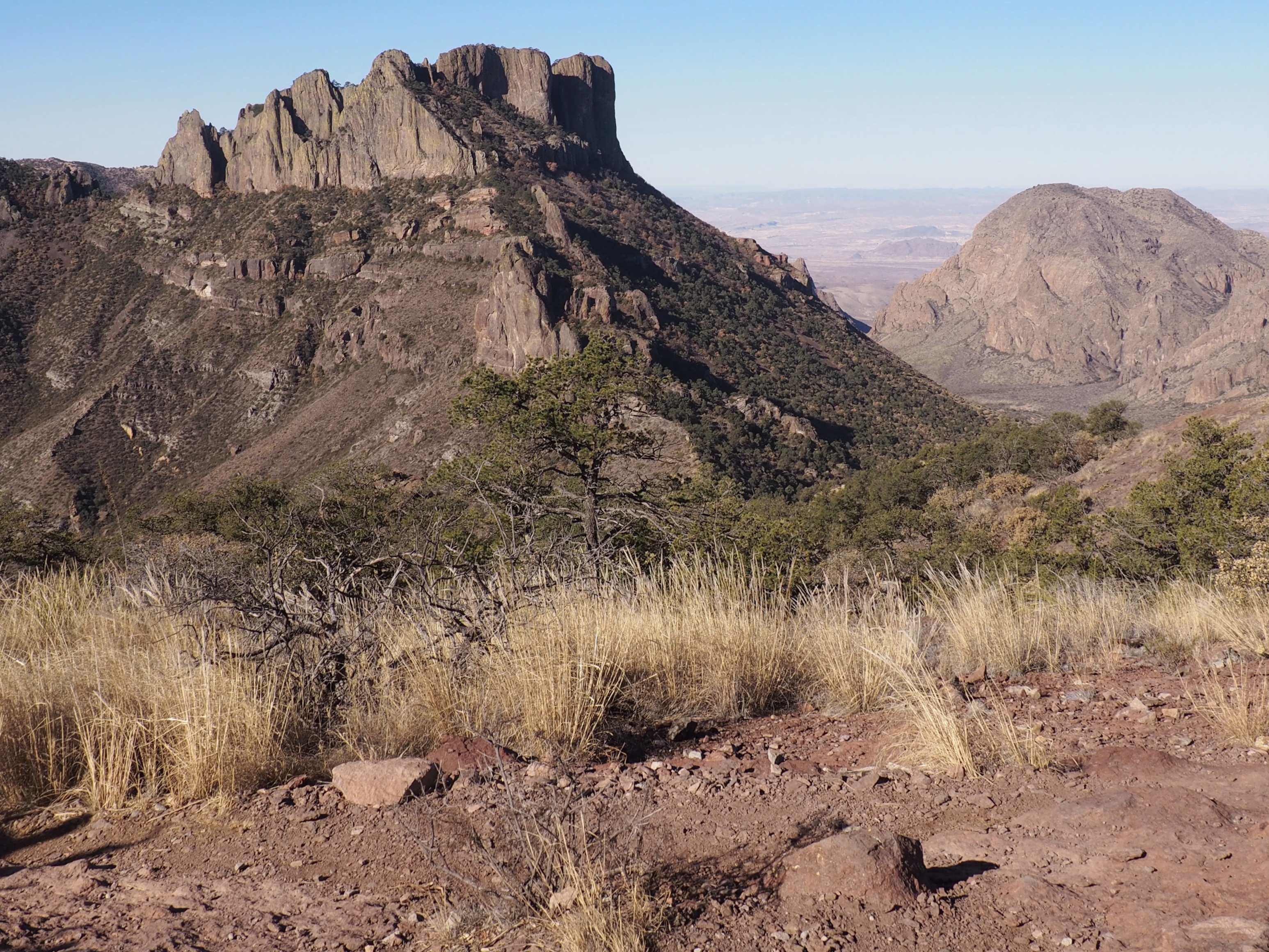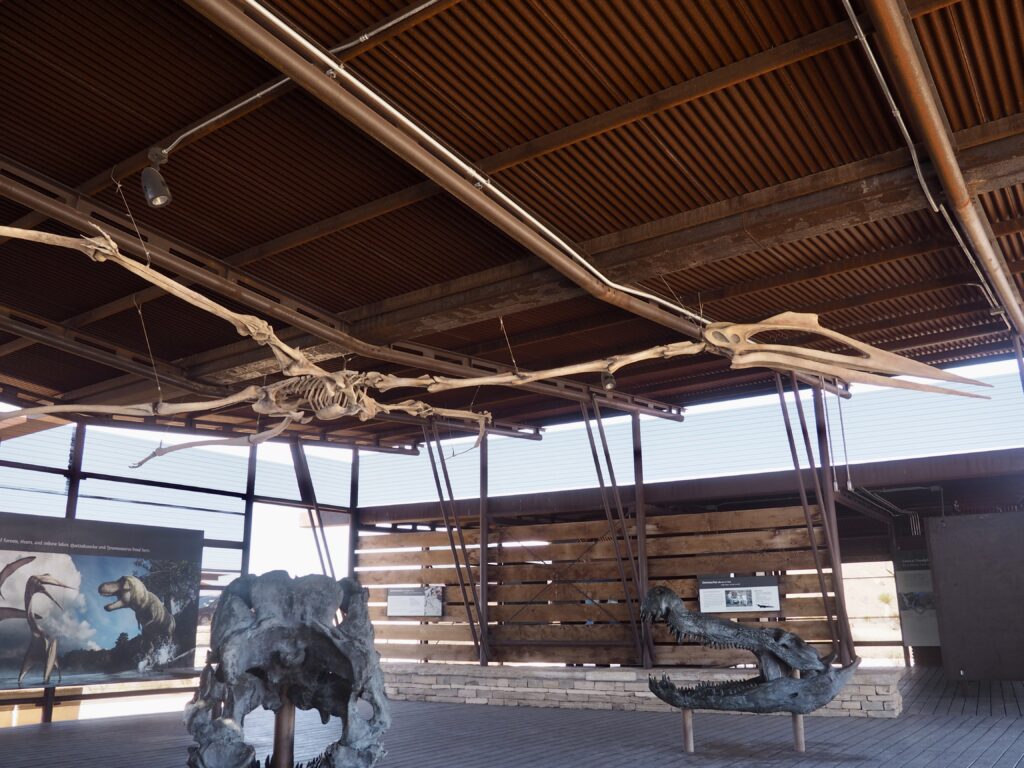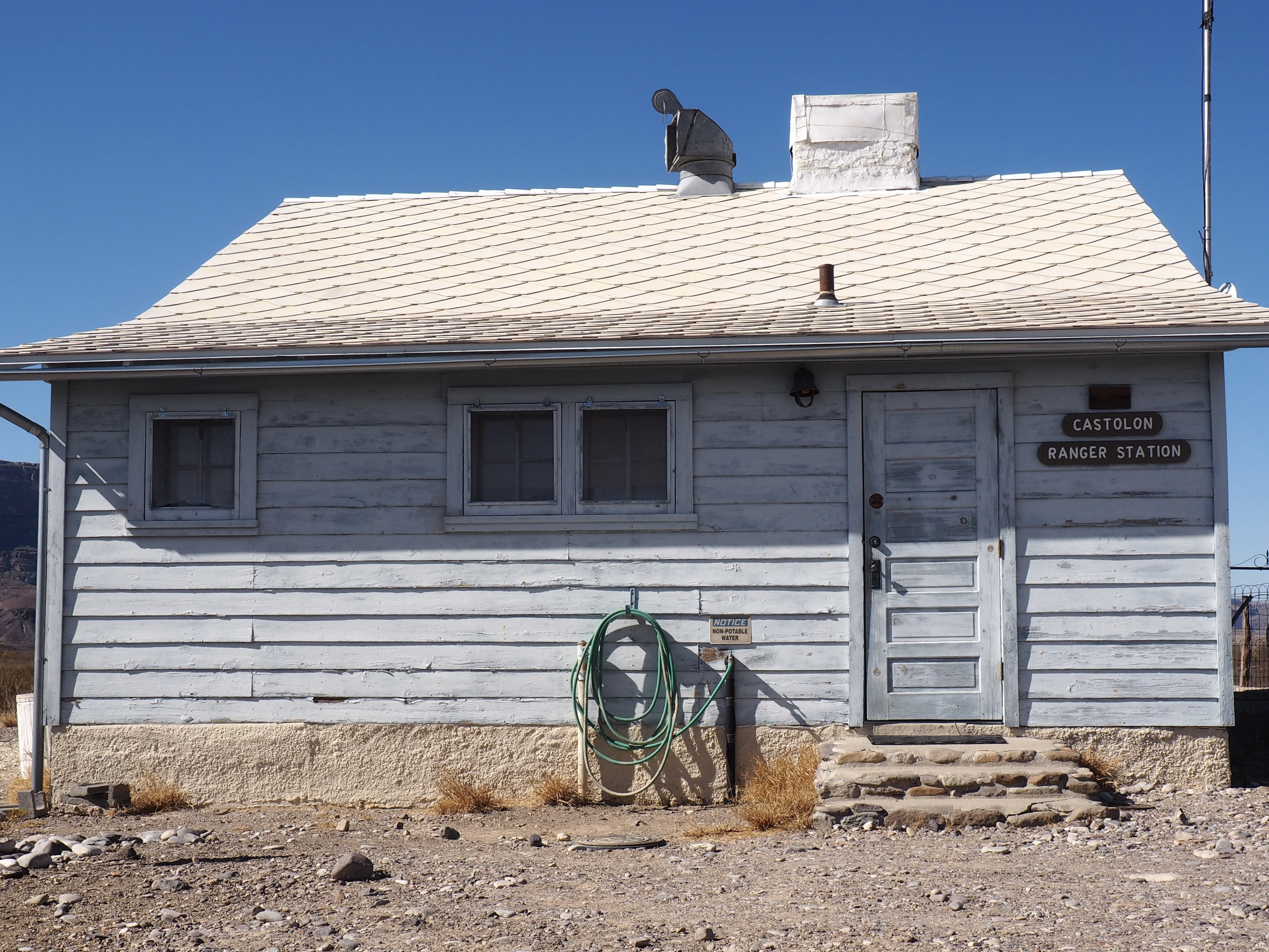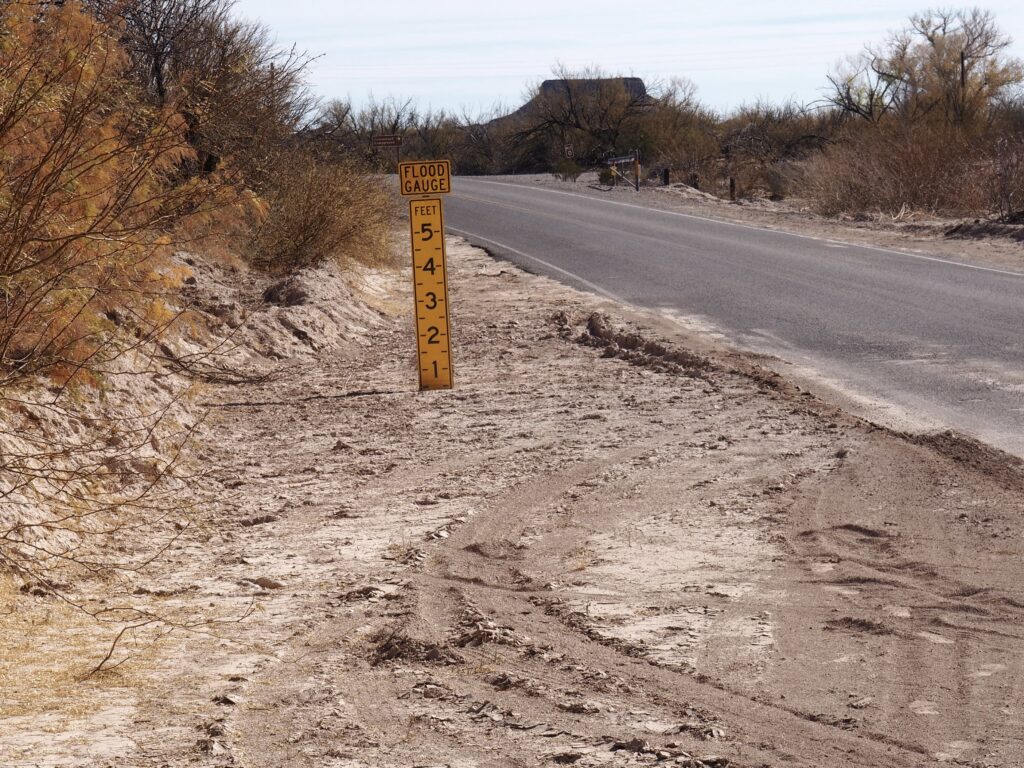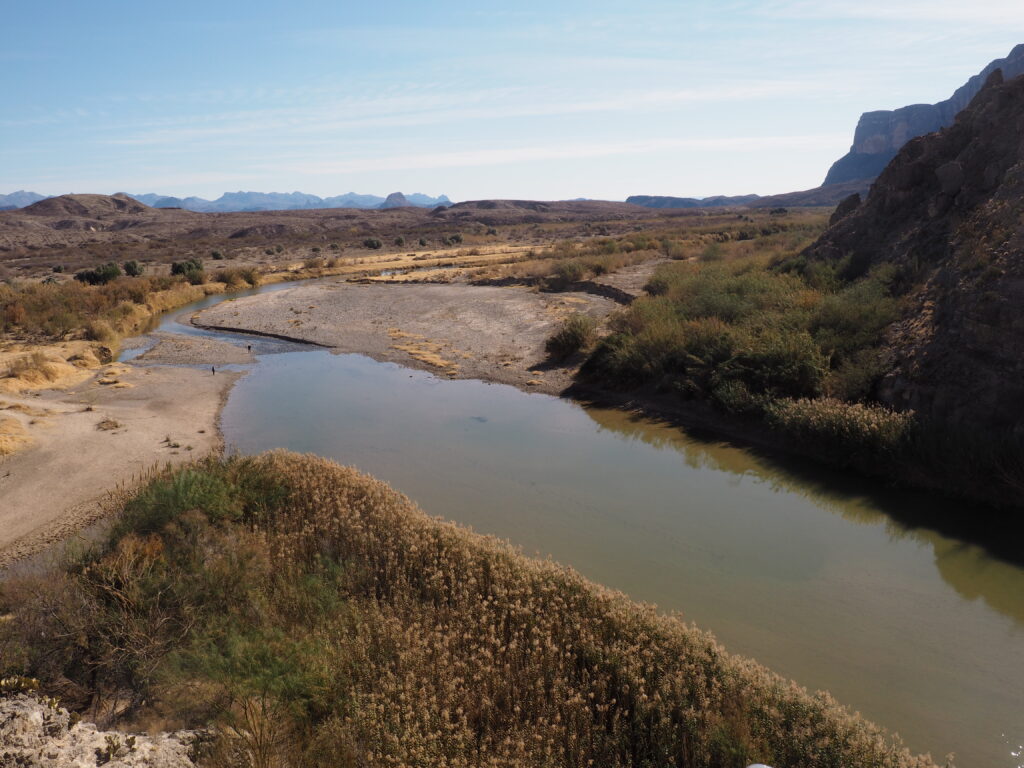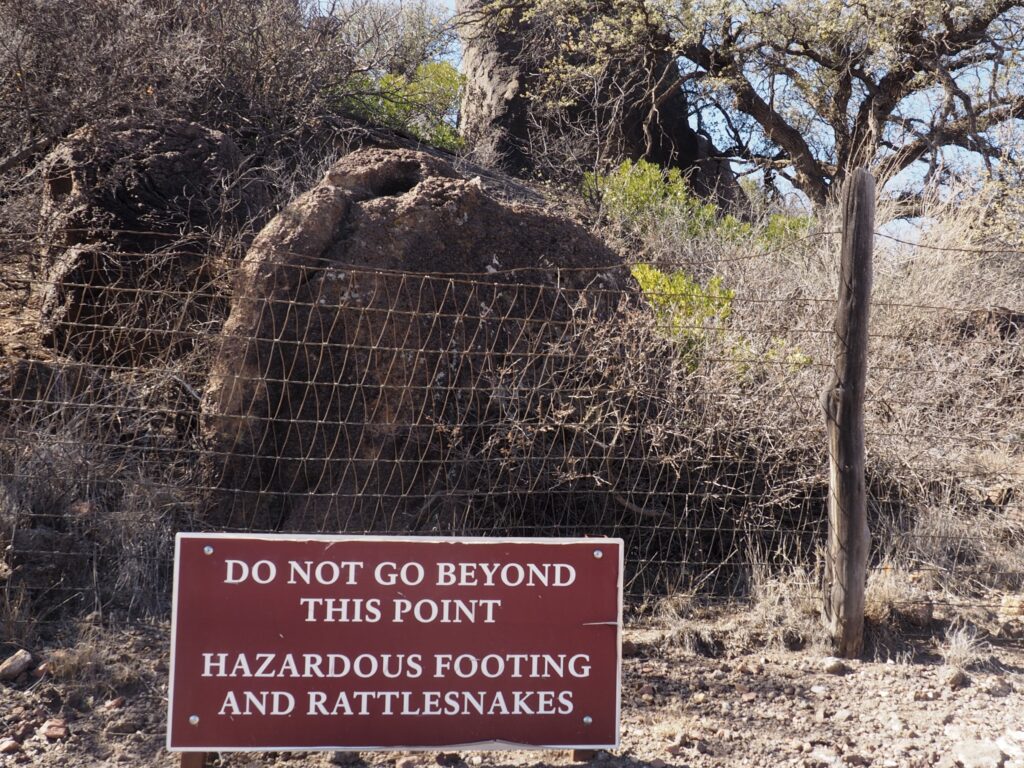
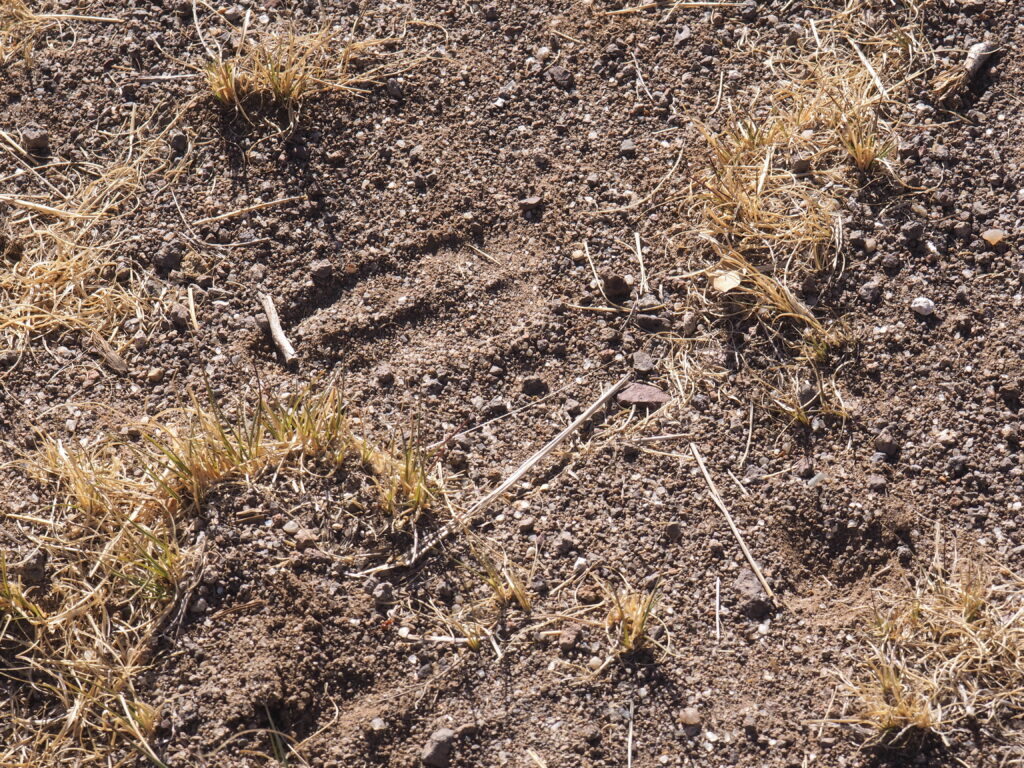
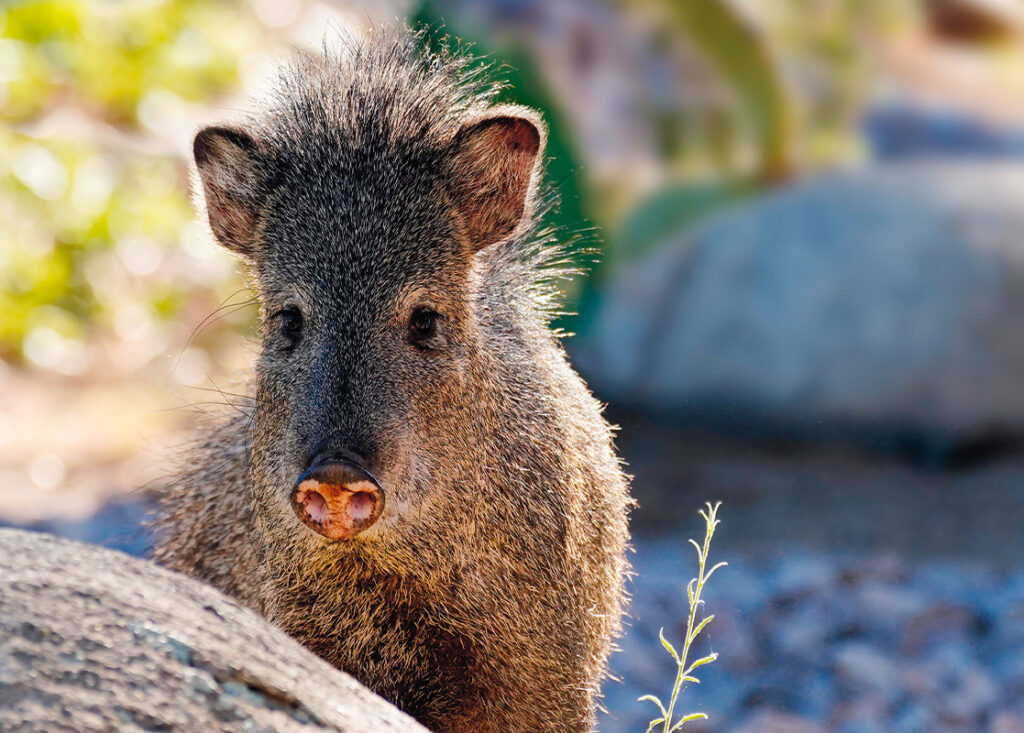
This is not a pig; the authorities are quite adamant. Pigs are eastern hemisphere animals and javelinas (that’s an initial “h” sound, amigo) or “collared peccaries” are western hemisphere animals, their ancestries having diverged 40 million years ago. But, they sure look like cute little pigs, although the Ranger is very wary of them, having been chased up a tree as a child by a scavenging mob of these very short sighted desert and grassland dwellers from here south to Argentina who keep track of each other with a keen (though not very refined!) sense of smell, thanks to overactive musk glands. We were delighted to eventually spot some ourselves, but alas no photo of our own and no wish to get too close.

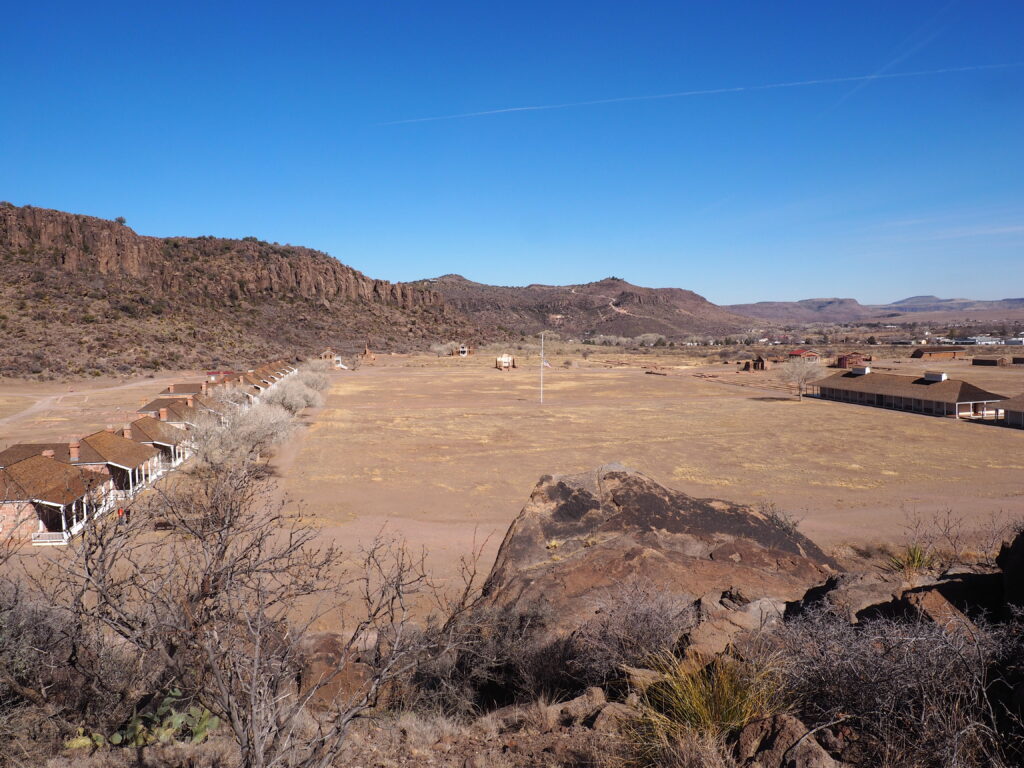
A frontier military post, Fort Davis protected freighters, mail coaches and other travelers on the San Antonio- El Paso Road, as well as settlers and villagers against raiding by Comanches and Apaches passing through the area from 1854 to 1891. Few Indians lived in the Trans Pecos, but raiding was part of their lifestyle when they were passing through. The Fort was largely abandoned during the Civil War, but regained its mission in 1867, this time with Buffalo Soldiers comprising infantry and cavalry to conduct the Indian Wars.










At its largest extent in the 1880s the Fort counted 400 soldiers. By 1891 it no longer had a purpose.
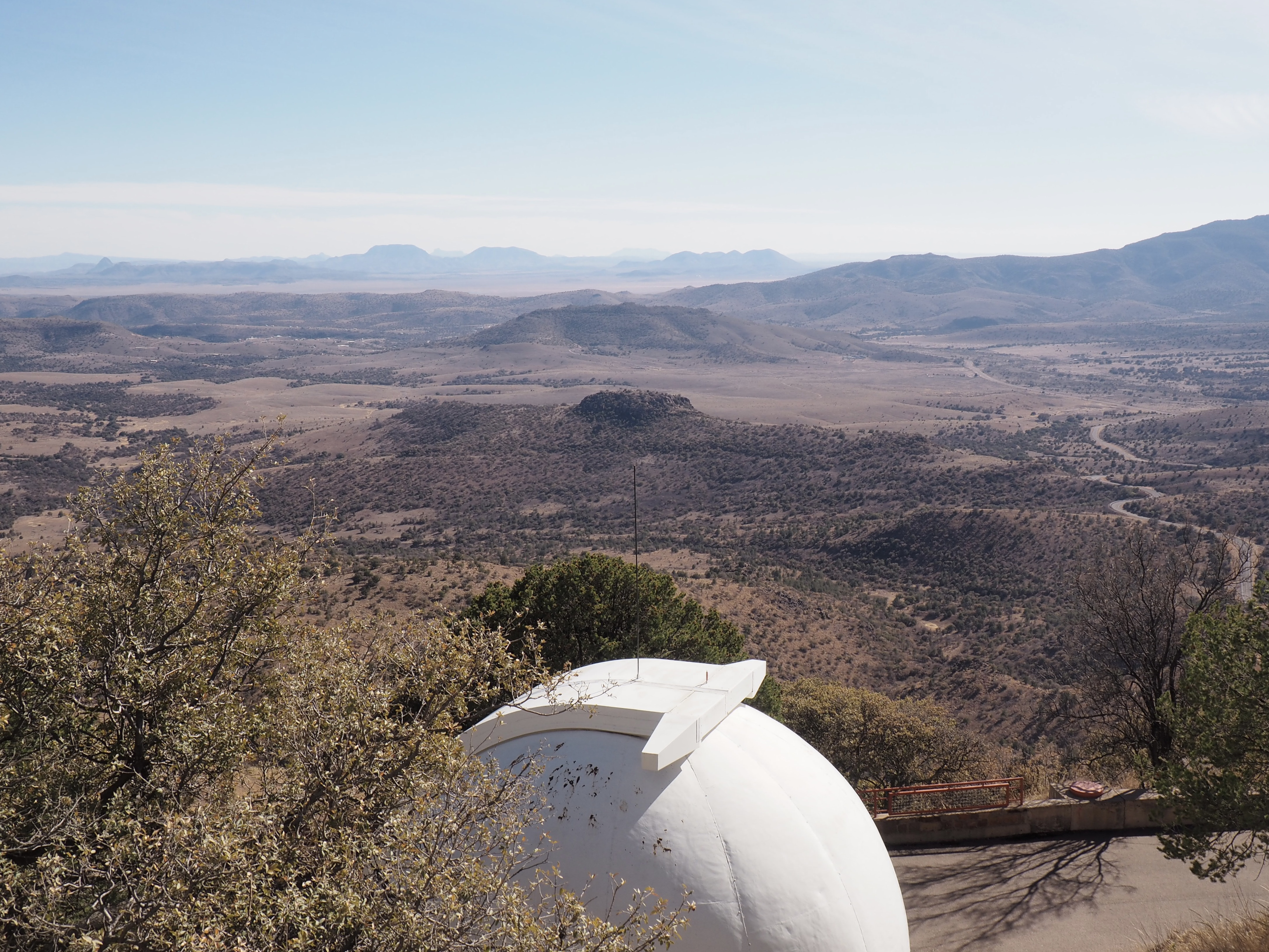





They continue to make history at the McDonald Observatory in the Davis Mountains (part of the University of Texas at Austin) where there’s more than one way to look into the universe. Even after a visit, we’re not sure of the number, but perhaps eight telescopes, including 3 major ones? It was impressive.
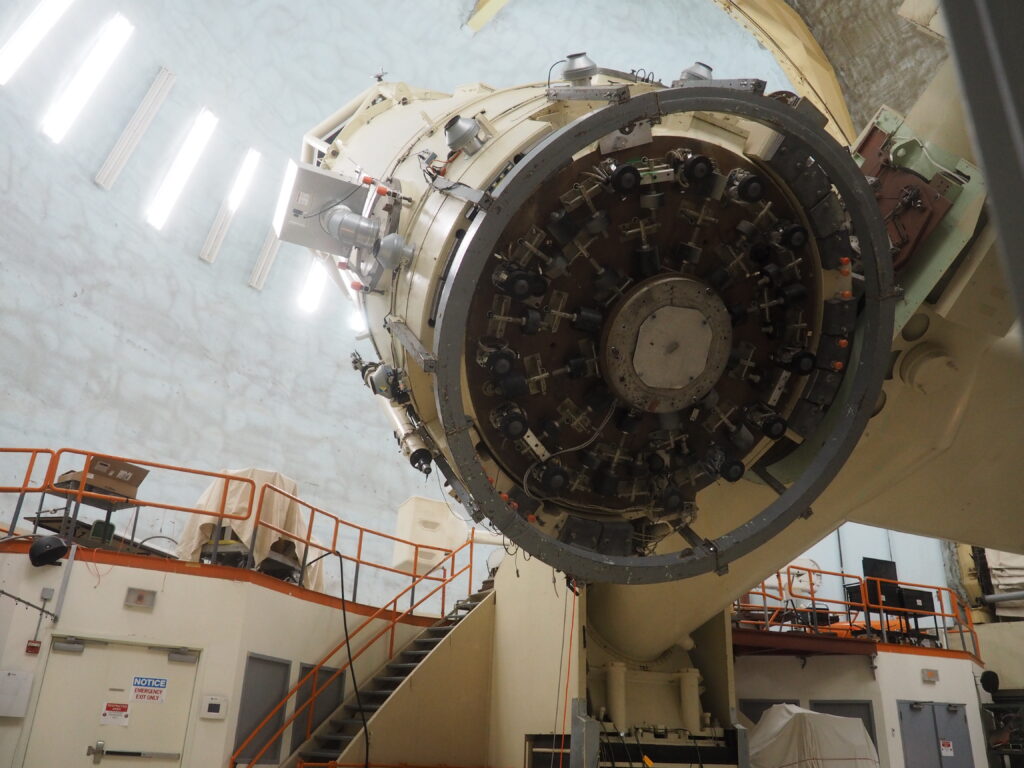


This little 107” beauty (that’s the mirror size) is housed in a room that’s kept at nighttime temperatures to avoid wasting the time needed for thermal adjustment. The principle mirror is so large that the black devices you see on the bottom are there to correct for the deformation of the mirror from gravity as it is maneuvered into different positions. The light, after bouncing around among mirrors, travels down through the arm holding the telescope to a room below to be put through an enormous spectrograph. Although capable of taking awe inspiring photographs, the various telescopes here are focused on spectroscopy through which they provide information about the distance, movement and composition of the phenomena they study. This telescope was also used to bounce a laser off mirrors left on the moon, a laser range finder. From these observations, it was found that the moon is moving away from the earth roughly 1.5” per year and has a bit of a wobble in its rotation. The mirror of the telescope is fused silica and has an incredibly thin layer of aluminum which is cleaned with dry ice and removed and reapplied frequently.
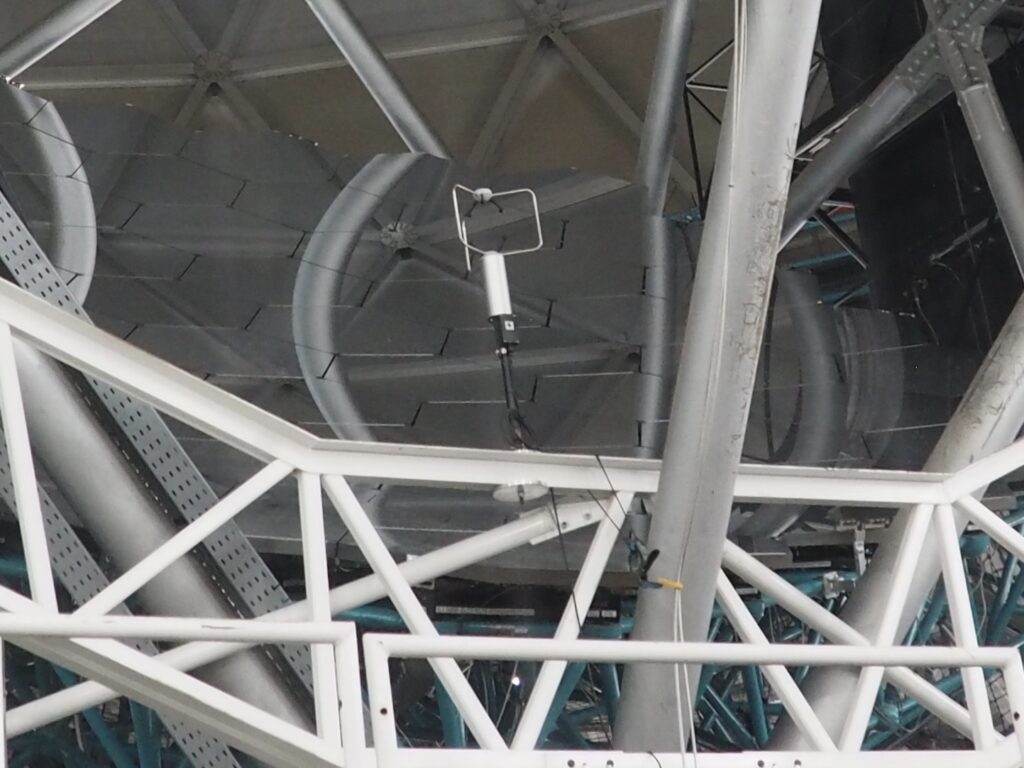


Specially built for spectroscopy, with its 433” mirror, the “HET” doesn’t have a barrel aimed at the sky. Instead, the mirror rests on a sort of bed at a 55 degree angle which is rotated to take in 70% of the nighttime sky. The mirror can be seen in the first photo and is made up of 91 hexagonal components, such as the one in the display, that are made of a material that is thermally neutral. Looking again at the first photo you can see the honeycomb-like surface. That’s the mirror (on which are reflected structural supports). Among the projects the telescope is currently working on are an effort to identify planets in a habitable zone and to look back over 11 billion years to determine if dark energy has been changing.



From exploring outer space to plumbing the deep within – we headed to the Carlsbad Caverns where the bat viewing amphitheater was empty because they were either down in Mexico for the winter or snuggly hibernating (depending on species).
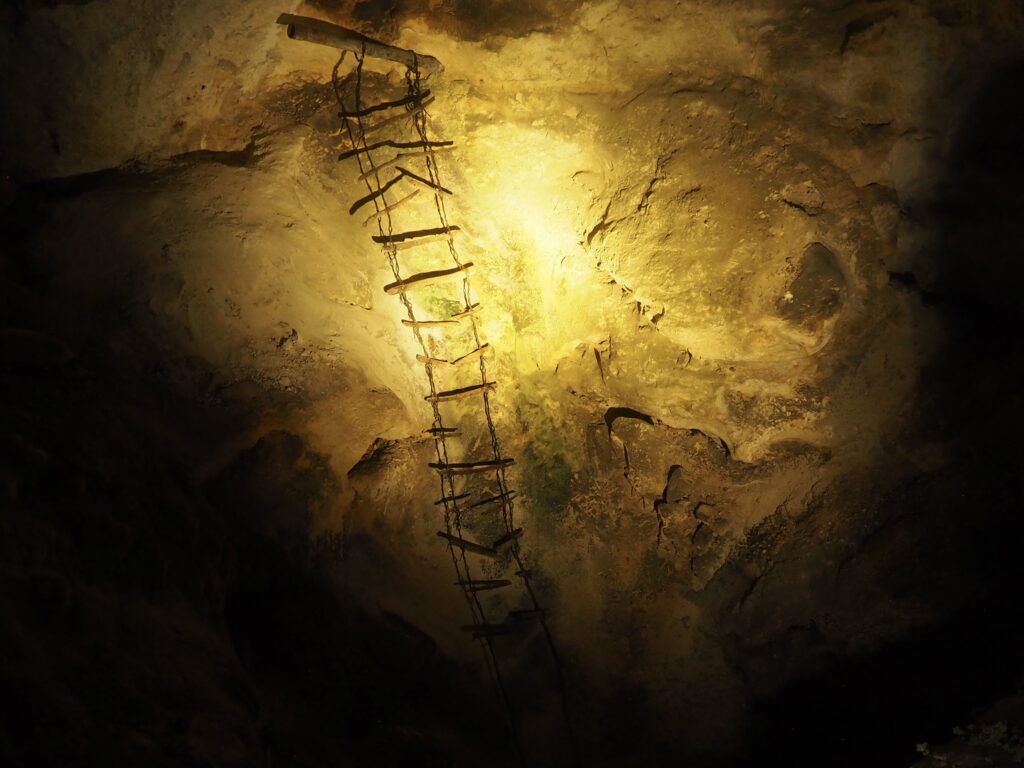

Taking the “Natural Entrance,” rather than the elevators installed in the 1930s, down more than a mile into the cavern provides only the most tame sense of what it must have been like in the 19th century. As it is, the path is very dimly lit, so that it occasionally feels like fellow hikers down into the depths are phantoms in the netherworld. Glowing signage either explains your surroundings or offers assurance of rescue if things go wrong.
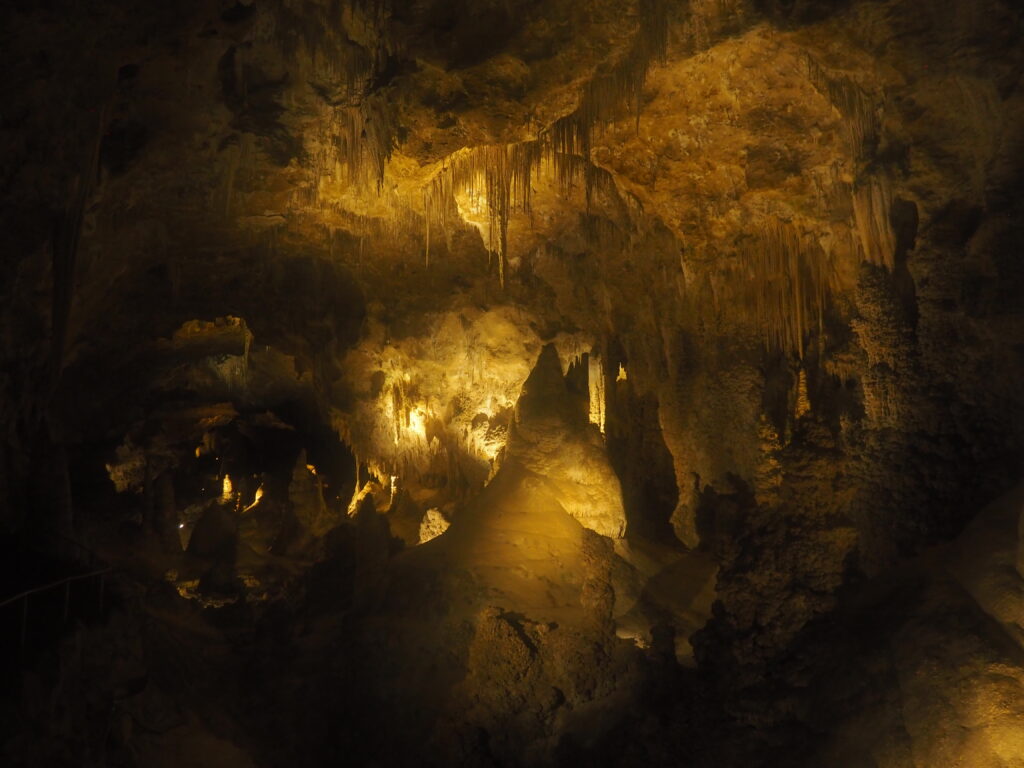
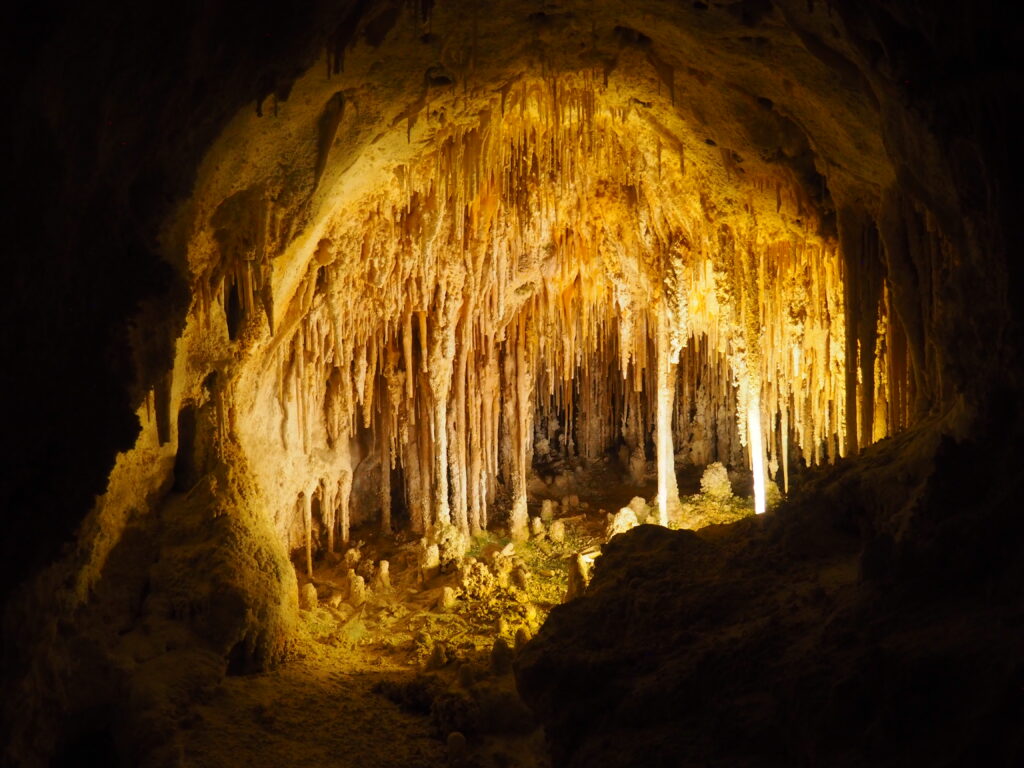
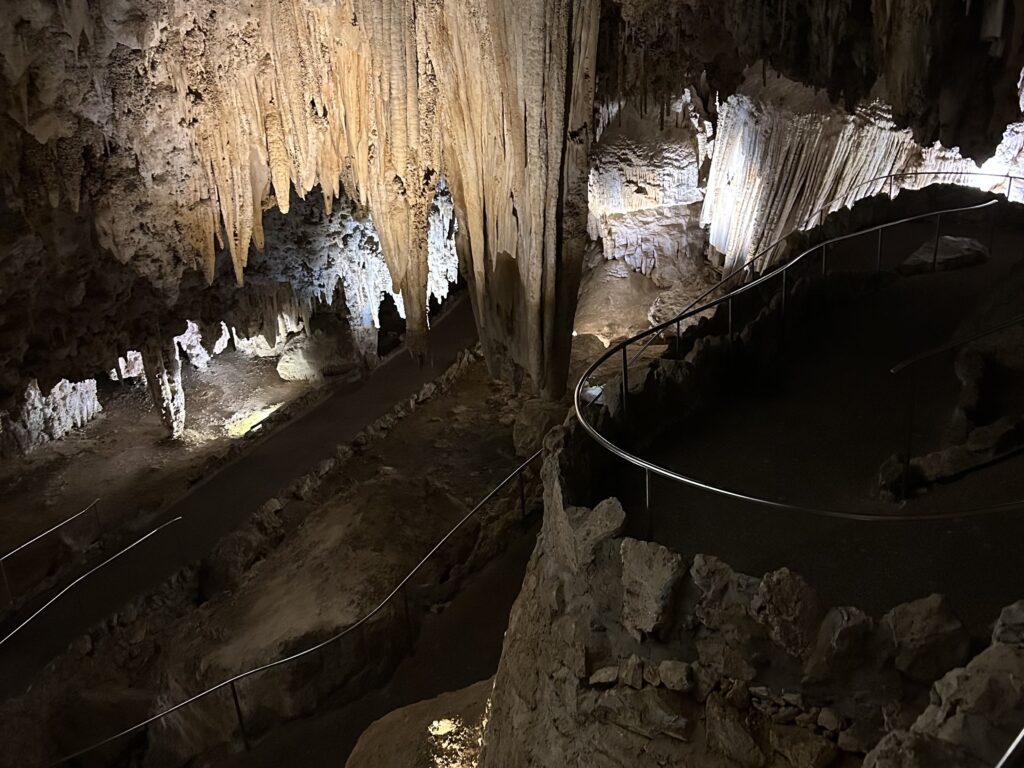
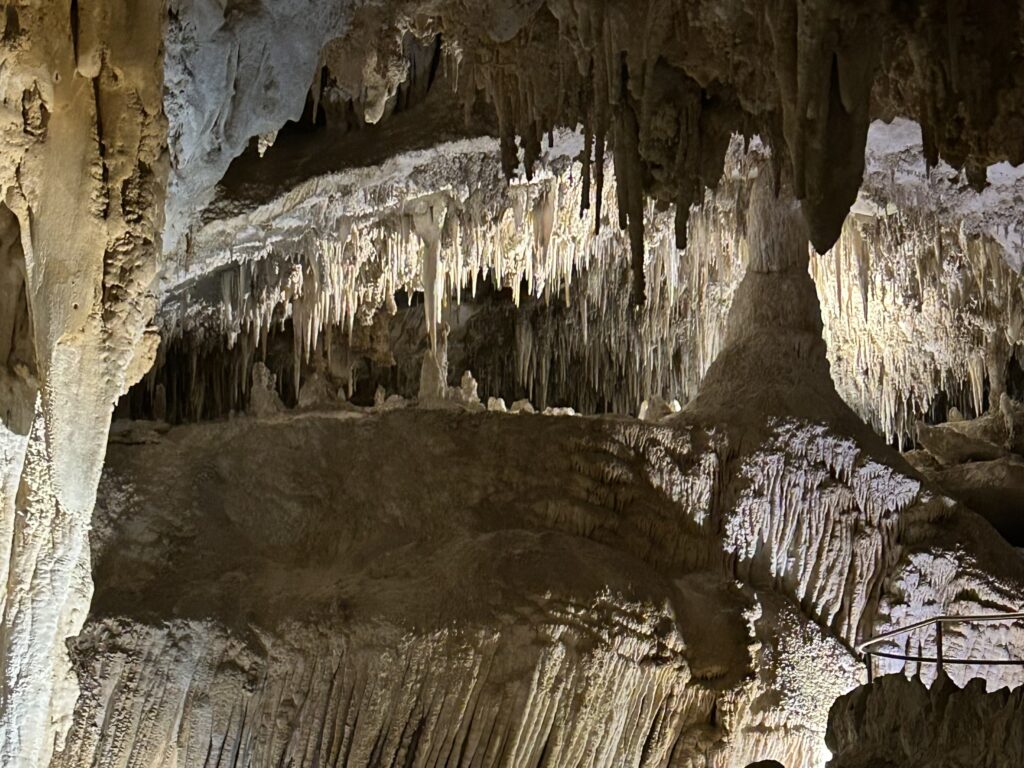
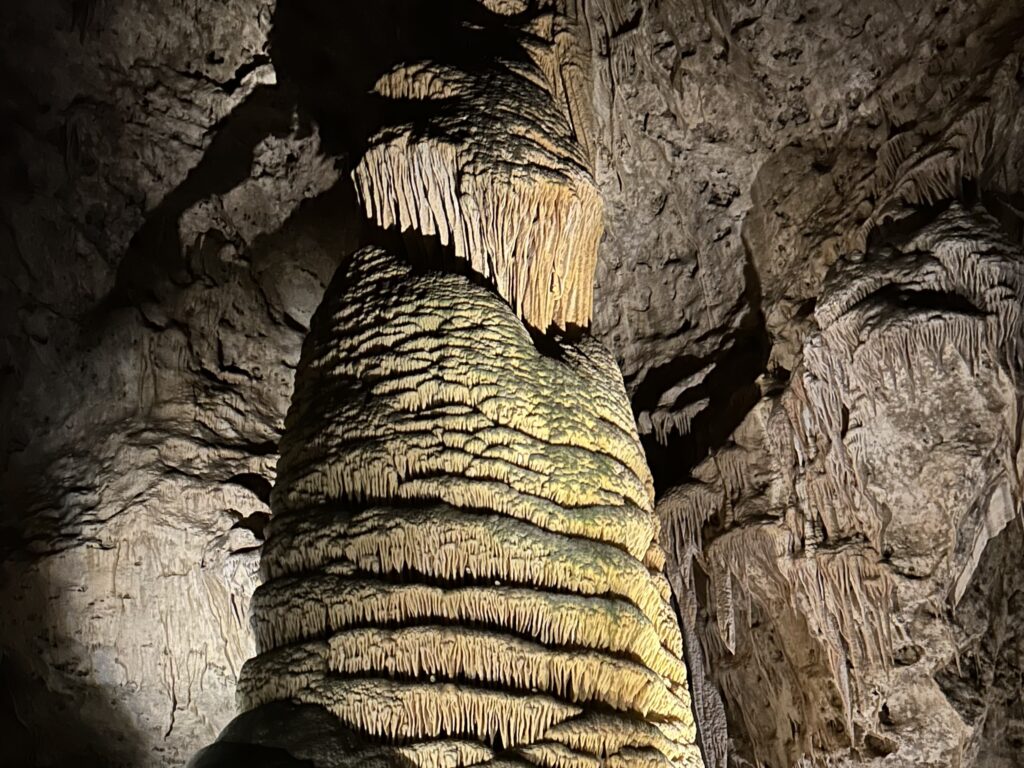
What distinguishes Carlsbad is the immense size of the subterranean rooms (the largest of which is the largest in North America) and the way in which they were formed. Due to the presence of petroleum deeper down, hydrogen sulfide rose through the limestone forming sulfuric acid which aggressively eroded the rock, forming enormous voids. The gases then vented up through what is now the Natural Entrance. There are numerous caverns, but only one that can be visited.

Carlsbad Caverns are in the Guadalupe Mountains, but a separate National Park reminds us that there is more to see than a cave.
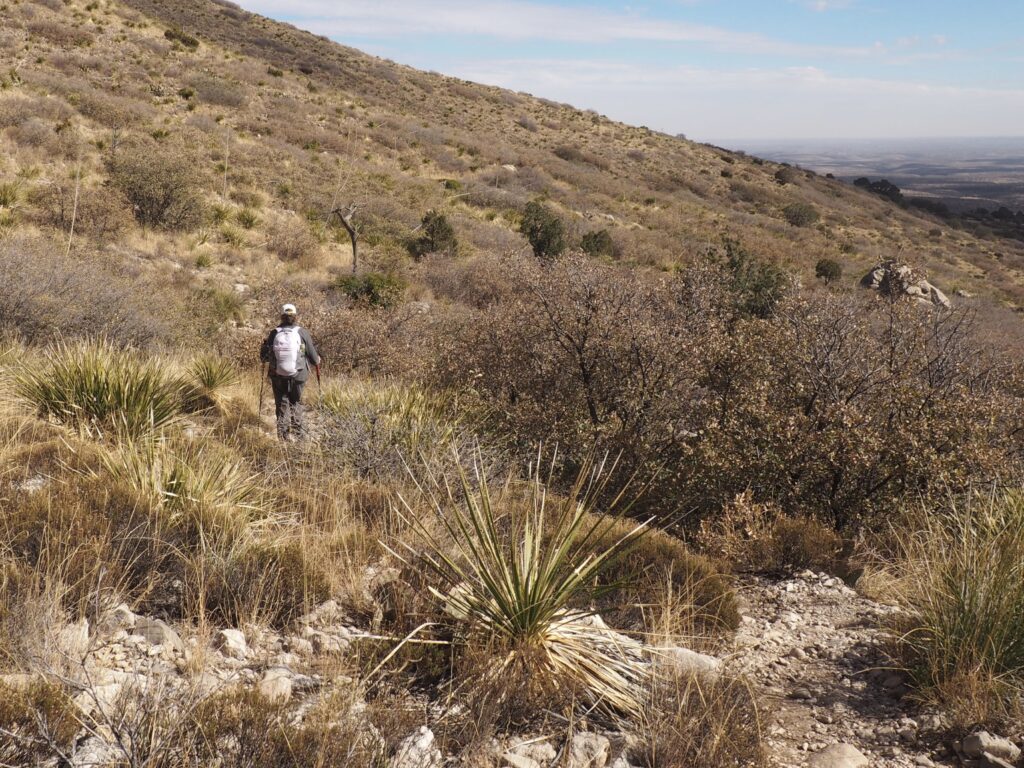
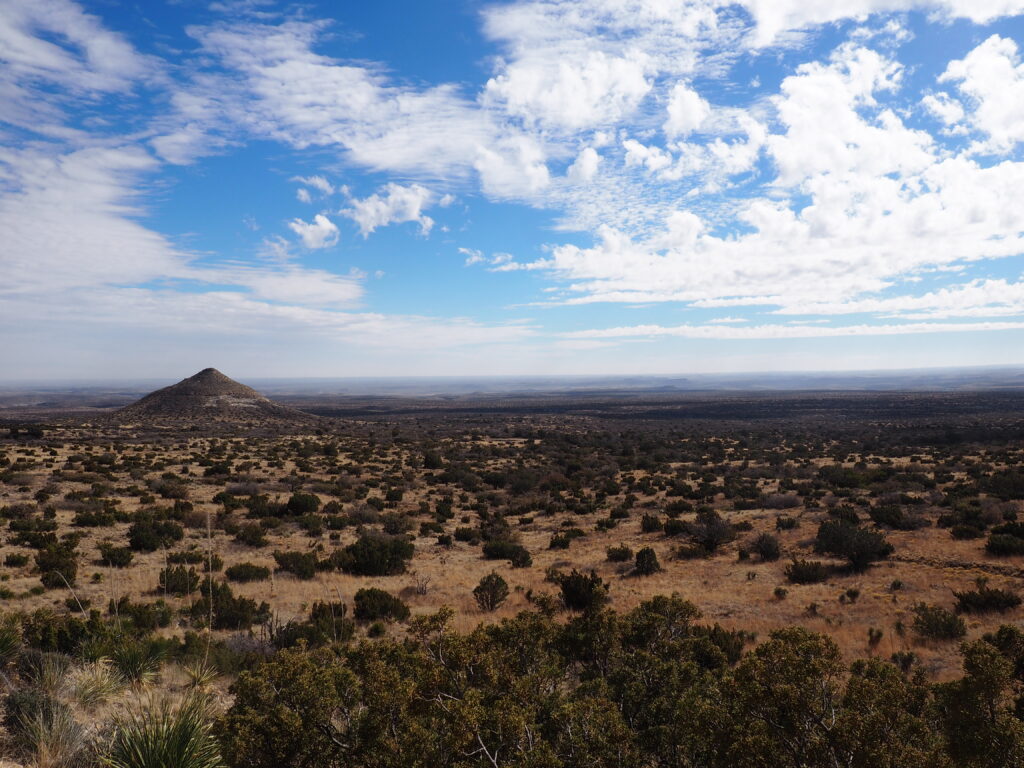

Before there was the Pony Express, Butterfield Overland Mail had stations 20 miles apart from St. Louis to San Francisco; this Pinery Station is the last remnant anywhere near a major highway and was the station at the highest altitude (5700’). Not much left here, but a good reminder of how difficult communications were not all that long ago (given that Jim’s grandfather delivered mail on horseback back in rural Pennsylvania).




Pretty much contemporary with that grandfather, John T. Smith founded Spring Hill Ranch in 1906 (the family is posing in 1914) because a number of springs would provide essential water.

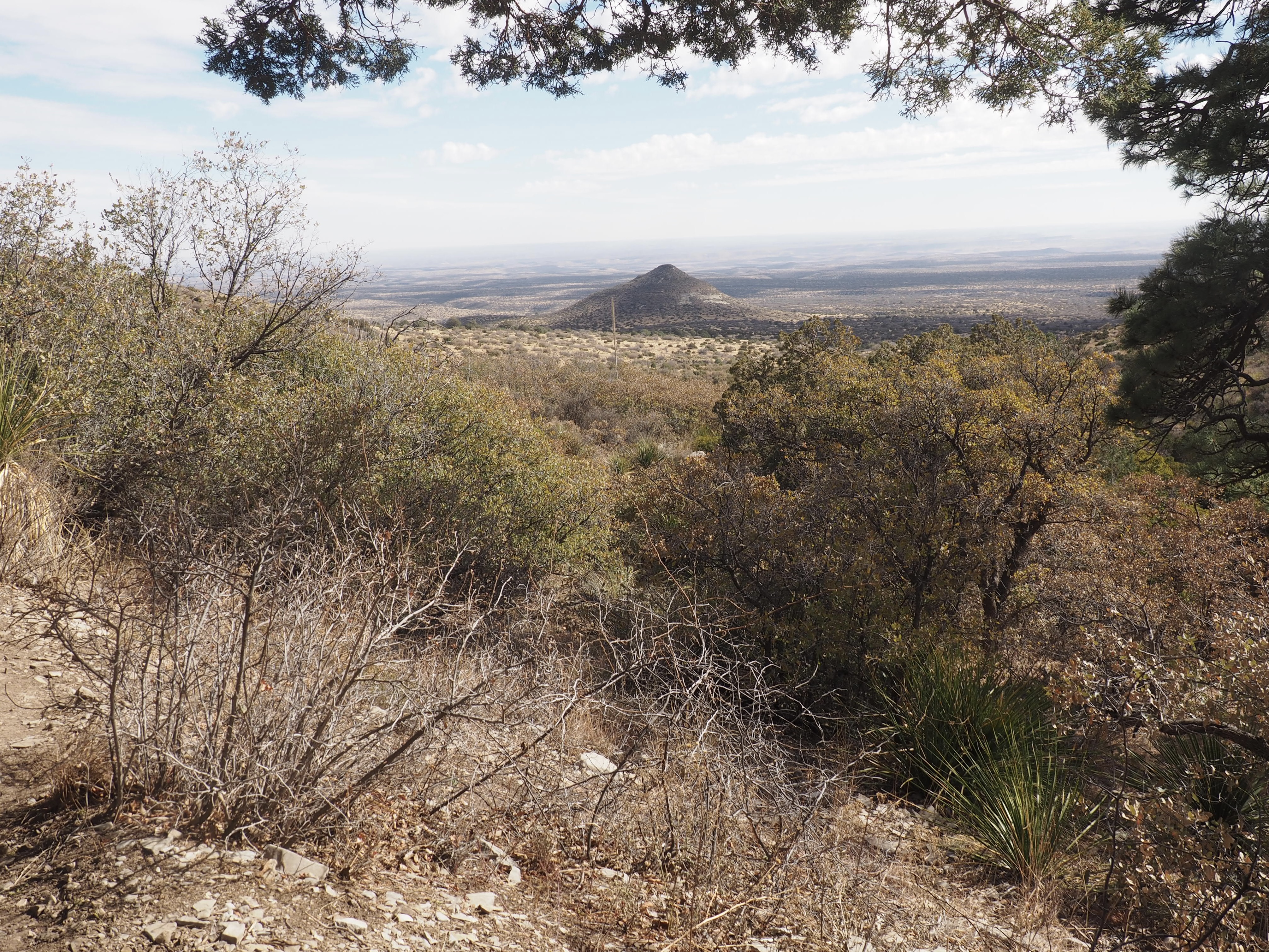

It was a very nice hike up to the highest of those springs (Smith Spring) where, coming down, we happened on this tiny snowman left for us by a fellow hiker.



and, it’s off to New Mexico . . .
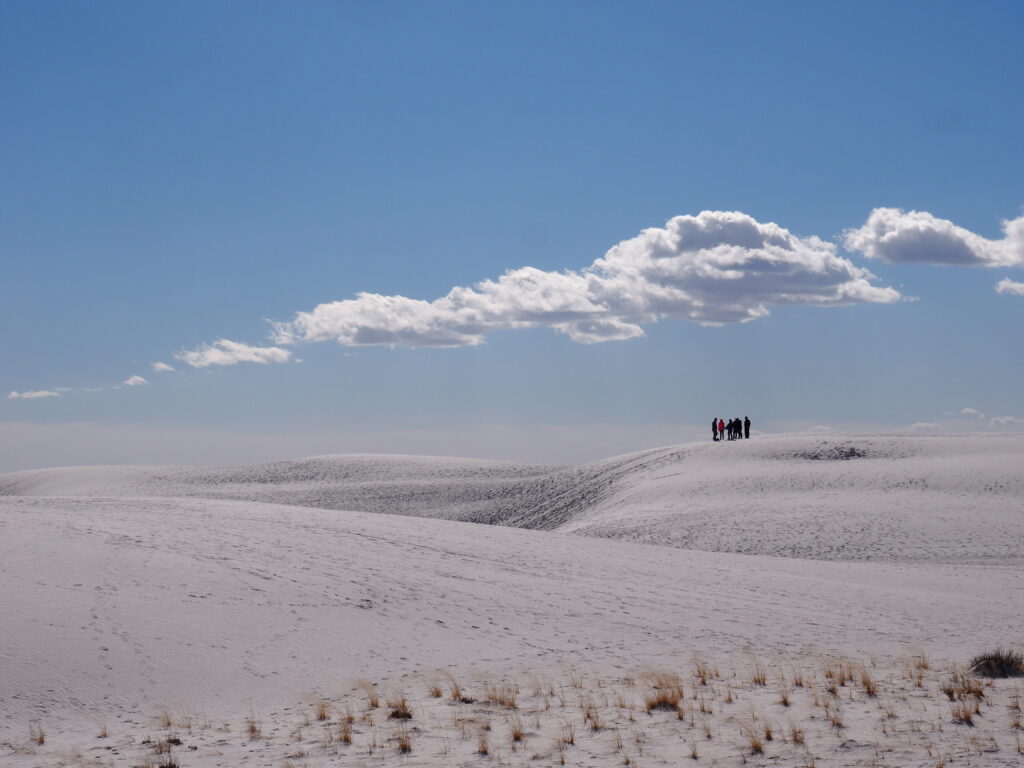
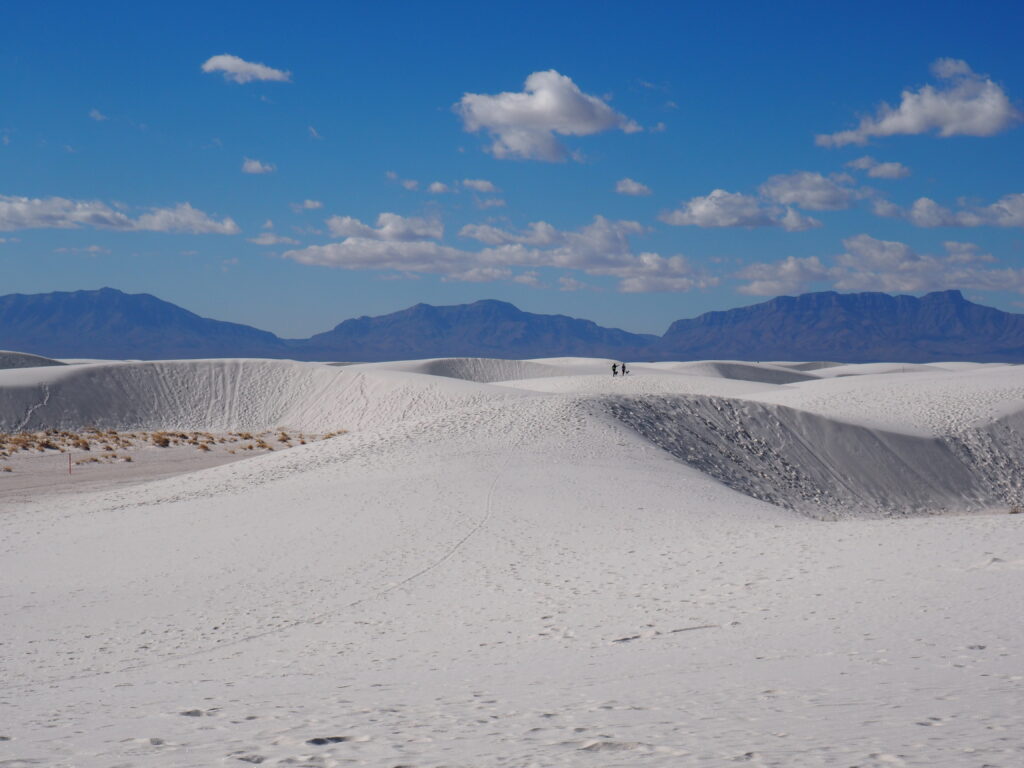
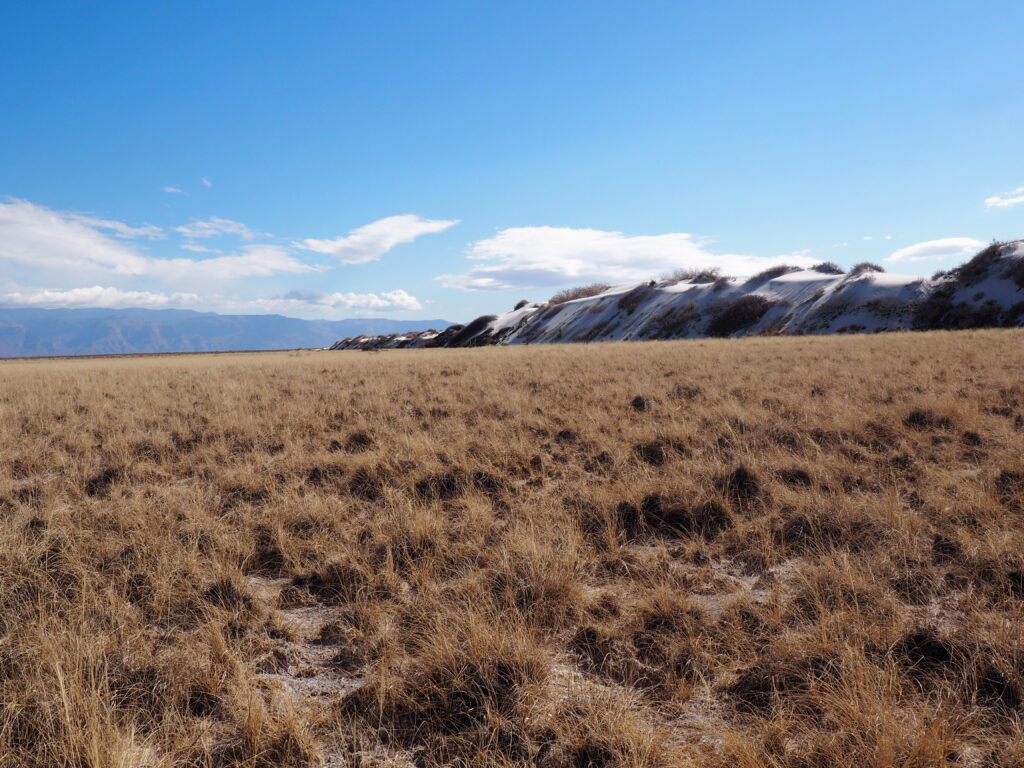
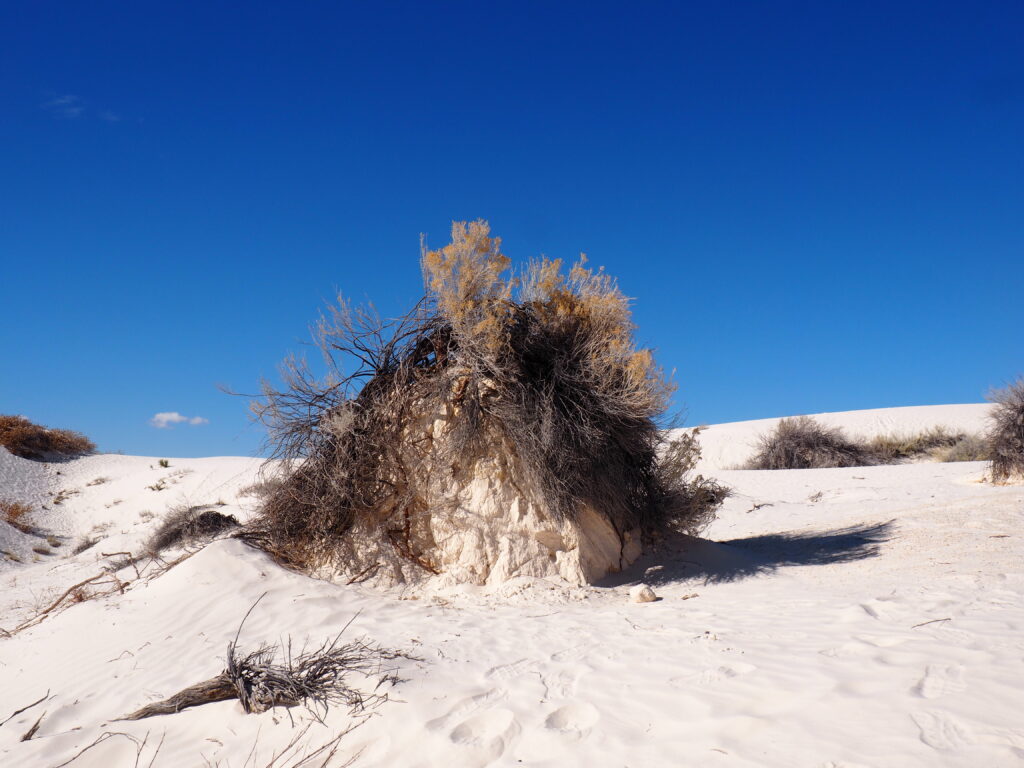





White Sands is an exceedingly rare National Park where you may wander where you want, on trail or off because, as a Ranger agreed, there’s hardly anything to hurt, except yourself. There’s also an exceptional density of warnings focused on hydration and getting lost. With tracks, mostly human, going every which way, it’s difficult to find your way back to your car if you’ve gone any distance and you’re not paying close attention. Trails are quite comforting, as is sledding right at a parking area (sleds are rented and sold in the store).
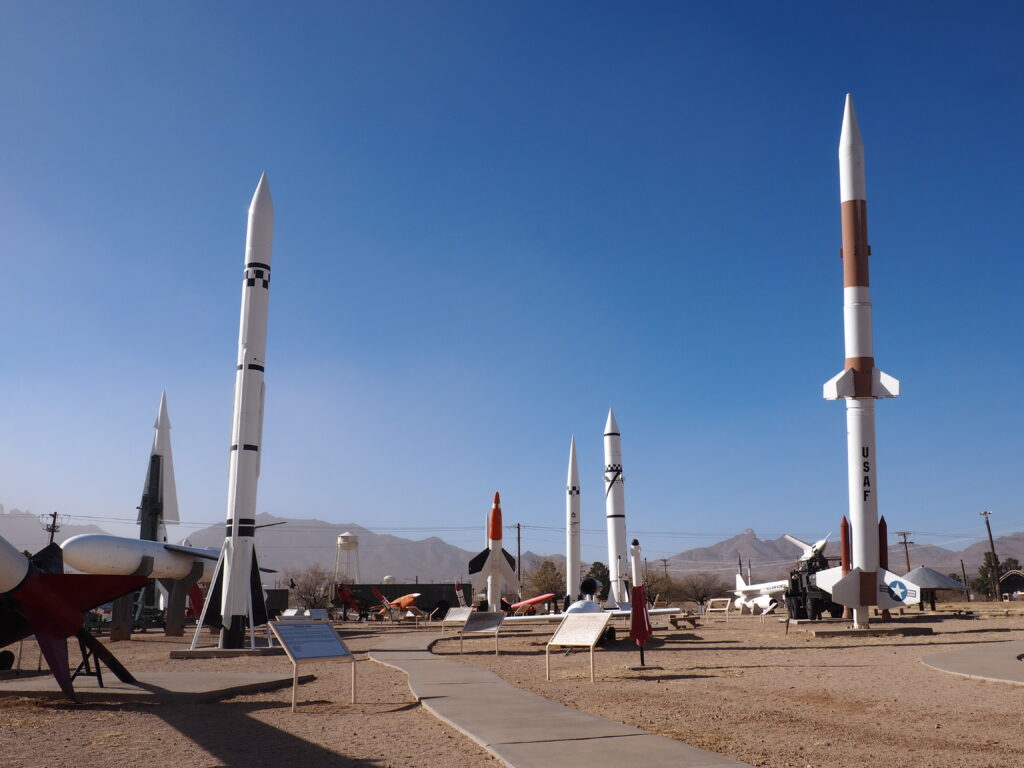
The White Sands Missile Range (formerly the White Sands Proving Grounds) surrounds the National Park. The Park is frequently closed due to activity at the Missile Range and, indeed, a significant portion of the Park was a “do not stop your vehicle under any circumstances” zone during our visit due to a plane crash some six months prior in the Park.



When the Manhattan Project folks were ready to test the first ever nuclear explosion, this is where it happened, not at Los Alamos. The first use of a nuclear bomb, dropped on Hiroshima, was delivered by Fat Boy. And, bringing us more up to date, that’s a Patriot missile and launcher.

The small base museum is quite a good museum, covering a very wide variety of subjects, but solidly – everything from geology and prehistoric times through settlement and the Indian Wars to the beginnings of the space age. Pictured is how we used to keep track of scheduling before the computer age.

Finally, the grateful sound guy at Lucas Films presented Darth Vader to the Missile Range as a special thanks for being able to record authentic missile sounds for Star Wars, making us wish all of this capacity for destruction were fictional.
